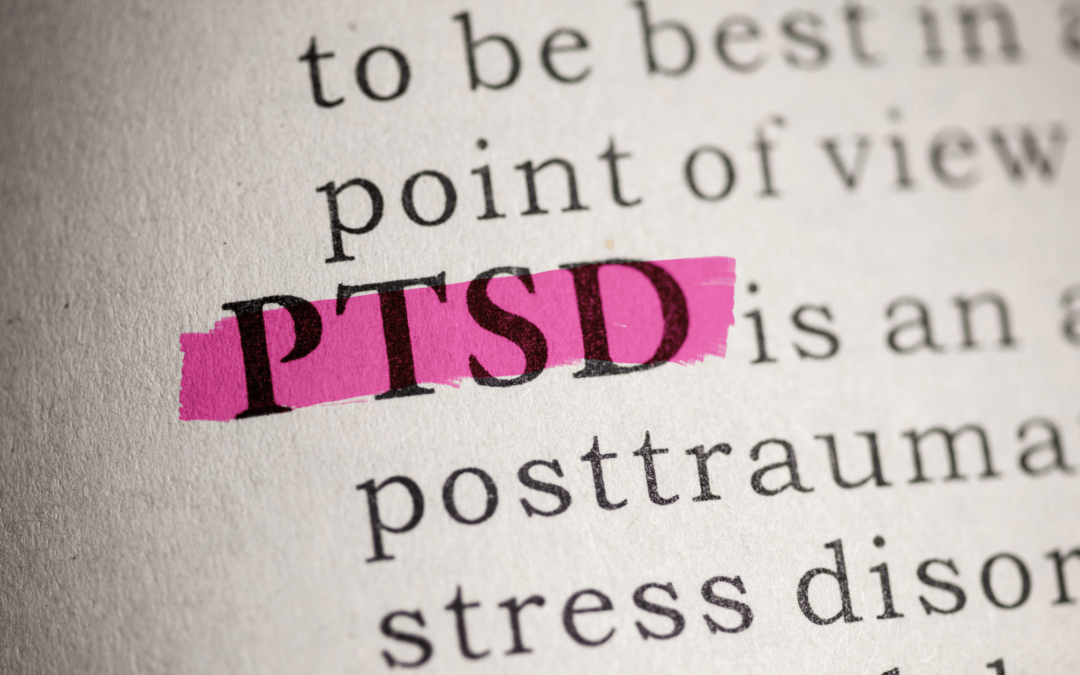If you’re wondering what the differences between PTSD vs C-PTSD are, you’re in the right place.
Post-Traumatic Stress Disorder (PTSD) and Complex Post-Traumatic Stress Disorder (C-PTSD) are two related but distinct conditions that can occur after experiencing trauma. But what do they mean exactly?
PTSD stands for Post-Traumatic Stress Disorder.
It is a mental health condition that can develop after experiencing or witnessing a traumatic event. Symptoms of PTSD can include intrusive and distressing memories or nightmares of the event, avoidance of triggers related to the trauma, hypervigilance or being on high alert, and negative changes in mood or thinking patterns.
These symptoms can significantly impact an individual’s daily life and functioning, and may require professional treatment such as therapy or medication.
C-PTSD stands for Complex Post-Traumatic Stress Disorder
This is a type of PTSD that results from prolonged and repeated exposure to traumatic events or situations, particularly in childhood or in a context of interpersonal abuse or violence. Because this often begins at an early stage of development the brain and nervous system begin to expect danger, impeding a healthy view of self and others. These deeply ingrained ways of thinking, functioning, and feeling can be difficult change later.
Symptoms of C-PTSD may include difficulties regulating emotions, disturbances in self-identity and relationships, dissociation, and physical symptoms such as chronic pain. Treatment may involve therapy to help individuals process and heal from their experiences, as well as learning coping skills to manage symptoms.
So how do these disorders differ?
- Trauma Experience: PTSD typically results from a single traumatic event, such as a car accident or assault. C-PTSD is the result of sustained or multiple trauma events, such as childhood abuse, bullying, domestic violence, or prolonged exposure to war or natural disasters. Trauma experienced through formative years can result in C-PTSD. Emergency service workers are also more susceptible to C-PTSD.
- Symptom Presentation: Both PTSD and C-PTSD can cause symptoms such as flashbacks, nightmares, and hyperarousal. However, individuals with C-PTSD may also experience difficulties with emotion regulation, interpersonal relationships, and self-esteem. This can look like coping through constant hypervigilance or hypoarousal which was developed as a way of surviving a childhood history of abuse or neglect. Also C-PTSD result in being more triggered by relationships or attachments than is found in PTSD where many other things like sounds and smells can be triggering. People with C-PTSD can find it hard to “do” relationships or have similar trauma experiences in new relationships.
- Duration of Symptoms: PTSD symptoms can last for a few weeks to a few months after a traumatic event. C-PTSD symptoms, on the other hand, can be more long-lasting and chronic, often lasting for years or even decades.
- Treatment Approaches: Both PTSD and C-PTSD can be effectively treated with therapy and medication. However, due to the chronic nature of C-PTSD, individuals may require longer-term and more intensive therapy to address the complex effects of ongoing trauma. Healthy relationships are vital to recovering from C-PTSD, especially if a close relationship is the source of the original pain.
In summary, while PTSD and C-PTSD share some similarities, they differ in terms of the type and duration of trauma experienced, as well as the specific symptoms and treatment approaches needed.
If you or someone you know is experiencing symptoms of either condition, it’s important to seek professional help from a mental health provider like Collaborative Changes who can provide an accurate diagnosis and personalized treatment plan.


